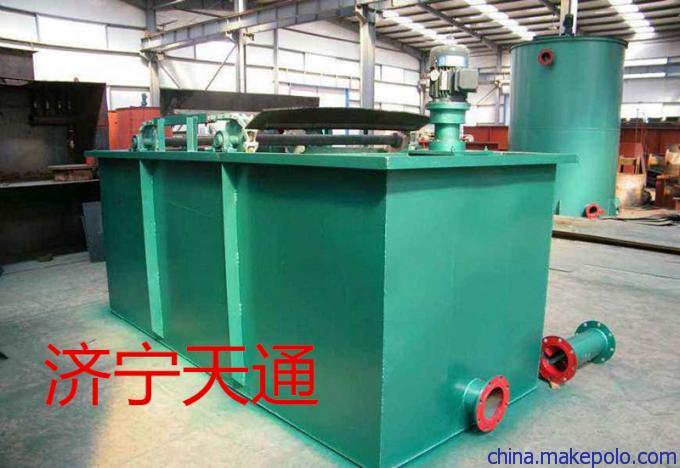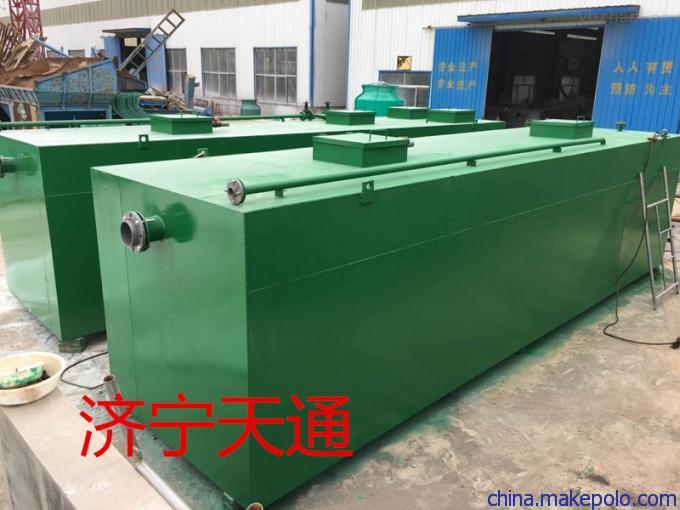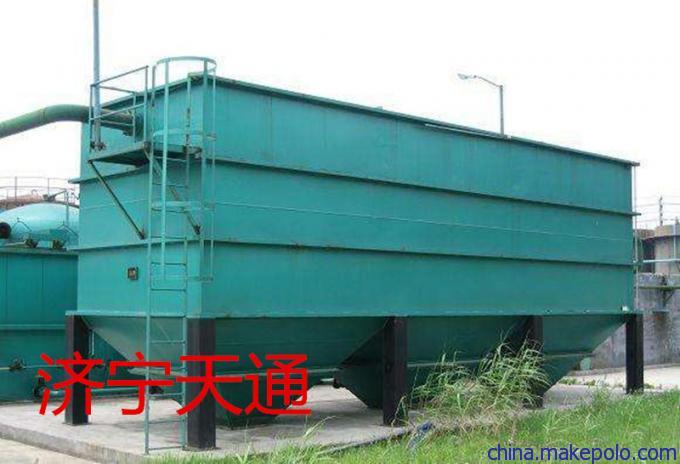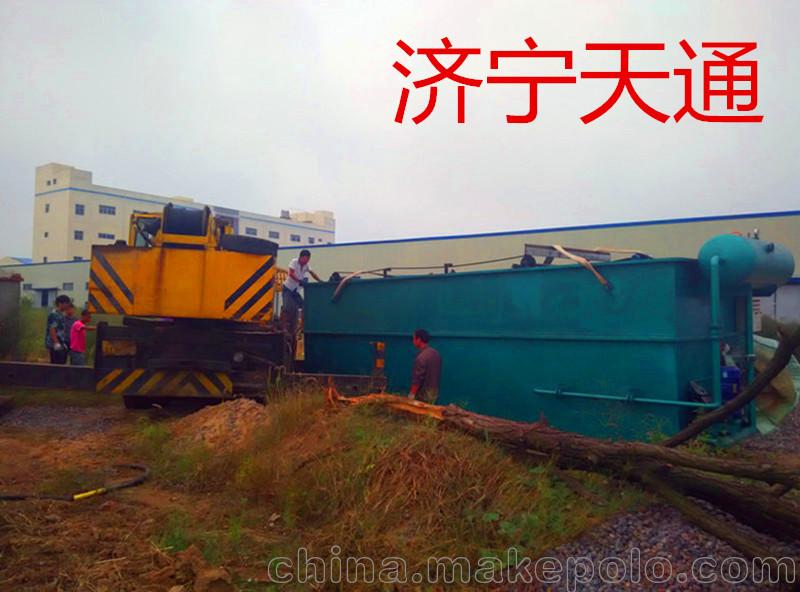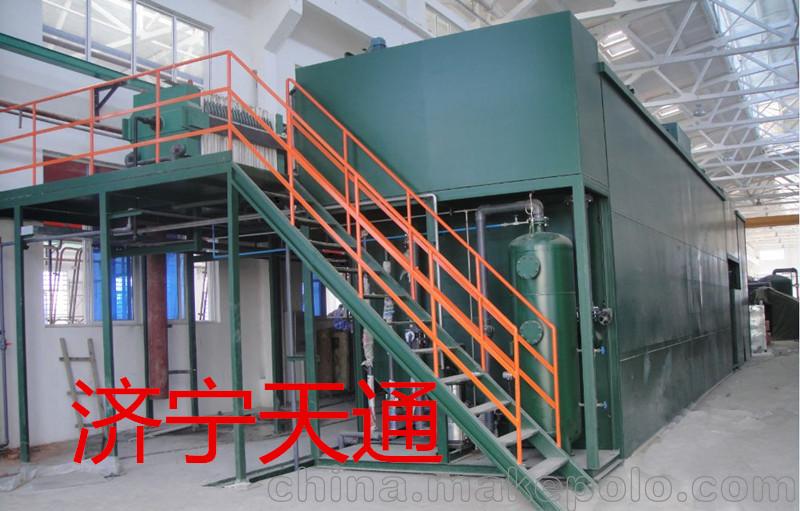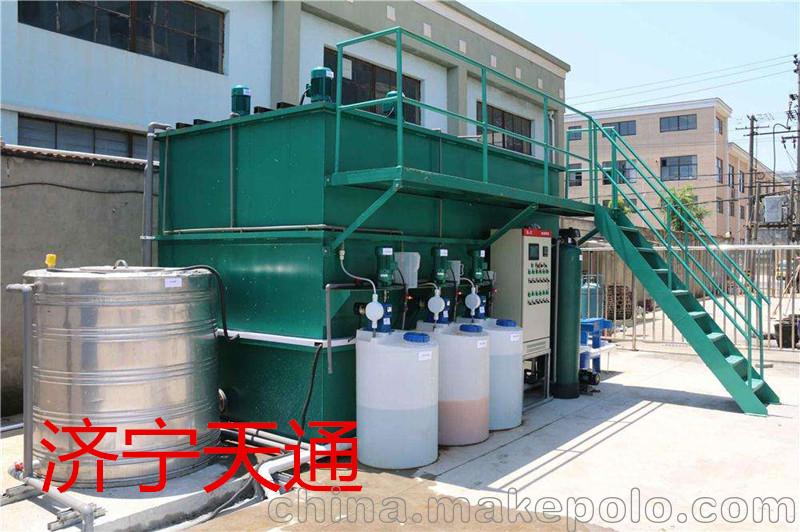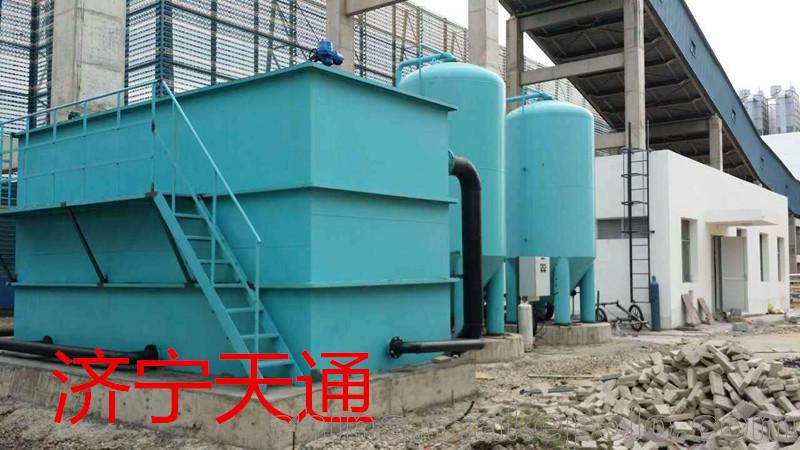
公司简介:济宁天通水处理设备有限公司水处理设备有限公司本着“科技兴企、人才兴企”经营理念和“质量为先、诚信为本”的企业宗旨,服务于社会,回报于社会,尽心尽力做好环保事业。公司主要经营环保型玻璃钢生物化粪池、地埋式玻璃钢消防蓄水池、隔油池、地埋式一体化中水处理设备、地埋式一体化雨水收集成套设备及各种工业废水处理设备。
纺织印染废水处理
纺织废水主要是原料蒸煮、漂洗、漂白、上浆等过程中产生的含天然杂质、脂肪以及淀粉等有机物的废水。印染废水是洗染、印花、上浆等多道工序中产生的,含有大量染料、淀粉、纤维素、木质素、洗涤剂等有机物,以及碱、硫化物、各类盐类等无机物,污染性很强。
印染污水的特性
纺织印染行业是工业污水排放大户,污水中主要含有纺织纤维上的污物、油脂、盐类以及加工过程中附加的各种浆料、染料、表面活性剂、助剂、酸碱等。
废水特点是有机物浓度高、成分复杂、色度深且多变,pH变化大,水量水质变化大,属难处理工业废水。随着化学纤织物的发展,仿真丝的兴起和印染后整理要求的提高,使PVA浆料、人造丝碱解物、新型染料、助剂等难降解有机物大量进入纺织印染废水,对传统的废水处理工艺构成严重挑战,COD浓度也从原来的数百毫克每升上升到3000~5000mg/l。
浆染废水色度高、COD高, 特别是根据国外市场开发出来的丝光蓝、丝光黑、特深蓝、特深黑等印染工艺,该类印染大量使用硫化染料、印染助剂硫化钠等,因此废水中含有大量的硫化物,该 类废水必须加药预处理,然后再进行系列化处理,才能稳定达标排放。漂染废水中含有染料、浆料、表面活性剂等助剂,该类废水水量大,浓度和色度均较低,如果 单纯采用物化处理,则出水也在100~200mg/l之间,色度也能以满足排放要求,但污染量大大增加,污泥处理的费用较高,容易造成二次污染,在环保要求较严的情况下应充分考虑生化处理系统,常规的强化生物处理工艺可以满足处理要求。
联系电话:189536768880联系人:范经理
Company introduction: Jining water treatment equipment limited company of water treatment equipment limited company in line with "the science and technology, talent" business philosophy and the "quality first, integrity-based" business philosophy, service to society, return to society, do a good job of environmental protection. The company mainly focuses on environmental friendly fiberglass reinforced plastic septic tanks, buried glass fiber reinforced plastic fire storage tanks, oil separating ponds, buried integrated water treatment equipment, buried integrated rainwater collection equipment and various industrial wastewater treatment equipment.
Treatment of textile printing and dyeing wastewater
Textile wastewater is mainly a waste water containing natural impurities, fat and starch in the process of cooking, rinsing, bleaching and sizing. Printing and dyeing wastewater is produced, dyeing, printing and other processes in sizing, containing a large number of dyestuff, starch, cellulose, lignin, detergent and other organic matter, alkali, salt and other inorganic sulfides, all kinds of pollution, very strong.
Characteristics of printing and dyeing wastewater
Textile printing and dyeing industry is a large number of industrial sewage discharge. Sewage mainly contains dirt, grease and salts on textile fibers, and various kinds of slurry, dyes, surfactants, auxiliaries, acid-base and so on.
The characteristics of wastewater are the high concentration of organic matter, complex composition, deep and changeable color, large change of pH and great change in water quality and water quality, which is a difficult to treat industrial wastewater. With the development of chemical fiber fabrics, silk printing and dyeing rise and finishing requirements increase, the PVA slurry, rayon, alkali hydrolysis new dyes and additives of biodegradable organic matter in textile printing and dyeing wastewater, wastewater treatment process of a serious challenge, the concentration of COD from hundreds of milligrams of the original per liter rose to 3000 ~ 5000mg/l.
Dyeing wastewater has high chroma, high COD, especially according to the foreign market development out of the blue, black, mercerized mercerized blue, black and other printing and dyeing process, the extensive use of sulfur dyes, dyeing auxiliaries such as sodium sulfide, therefore contain large amounts of sulfide in wastewater, pretreatment must be the dosing of waste water, and then a series of processing, in order to discharge. Dye, size and surface active agents containing bleaching and dyeing wastewater, the wastewater quantity, concentration and chroma are relatively low, if only by physical and chemical treatment, the effluent is between 100 ~ 200mg/l and chroma can to meet the emission requirements, but the amount of pollution is greatly increased, and the sludge disposal costs are high, easy to cause two pollution, the environmental protection requirements more stringent conditions should be fully considered in the biochemical treatment system, the conventional enhanced biological treatment process can meet the processing requirements.
Contact phone: 189536768880
Contact: Fan Manager
